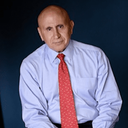In reality the biggest danger of facial fat transfer is undesirable aesthetic outcomes leading patients to regret having the procedure and having further procedures to correct the results.
